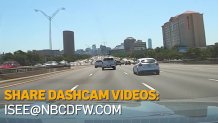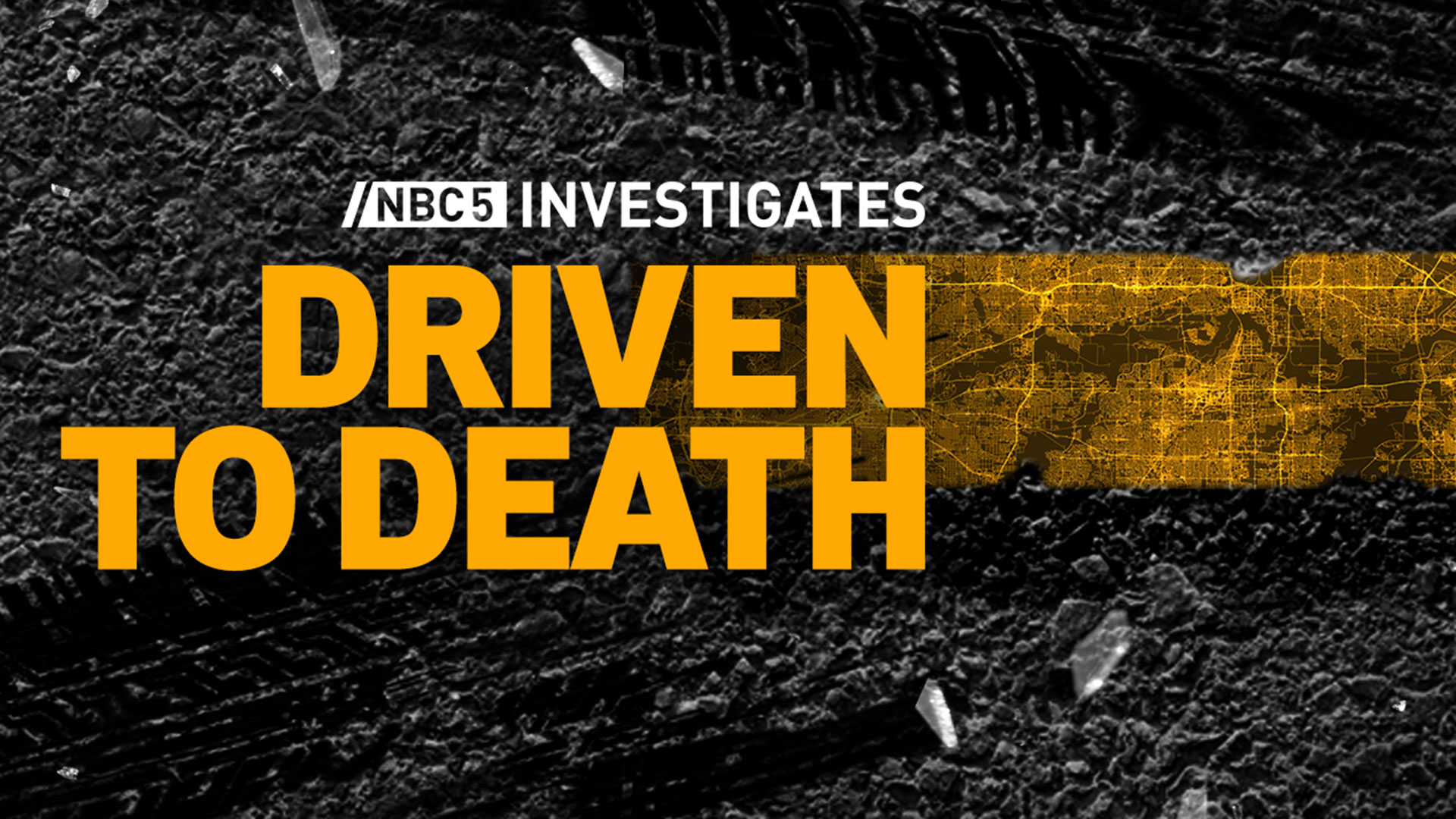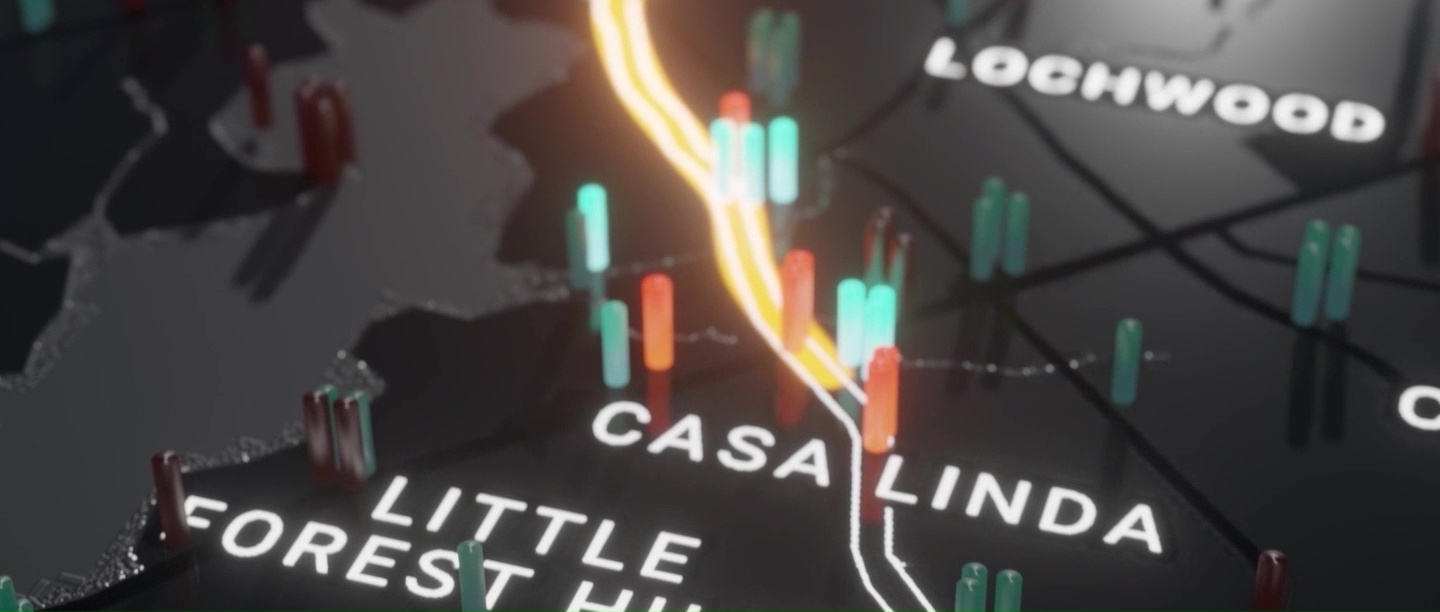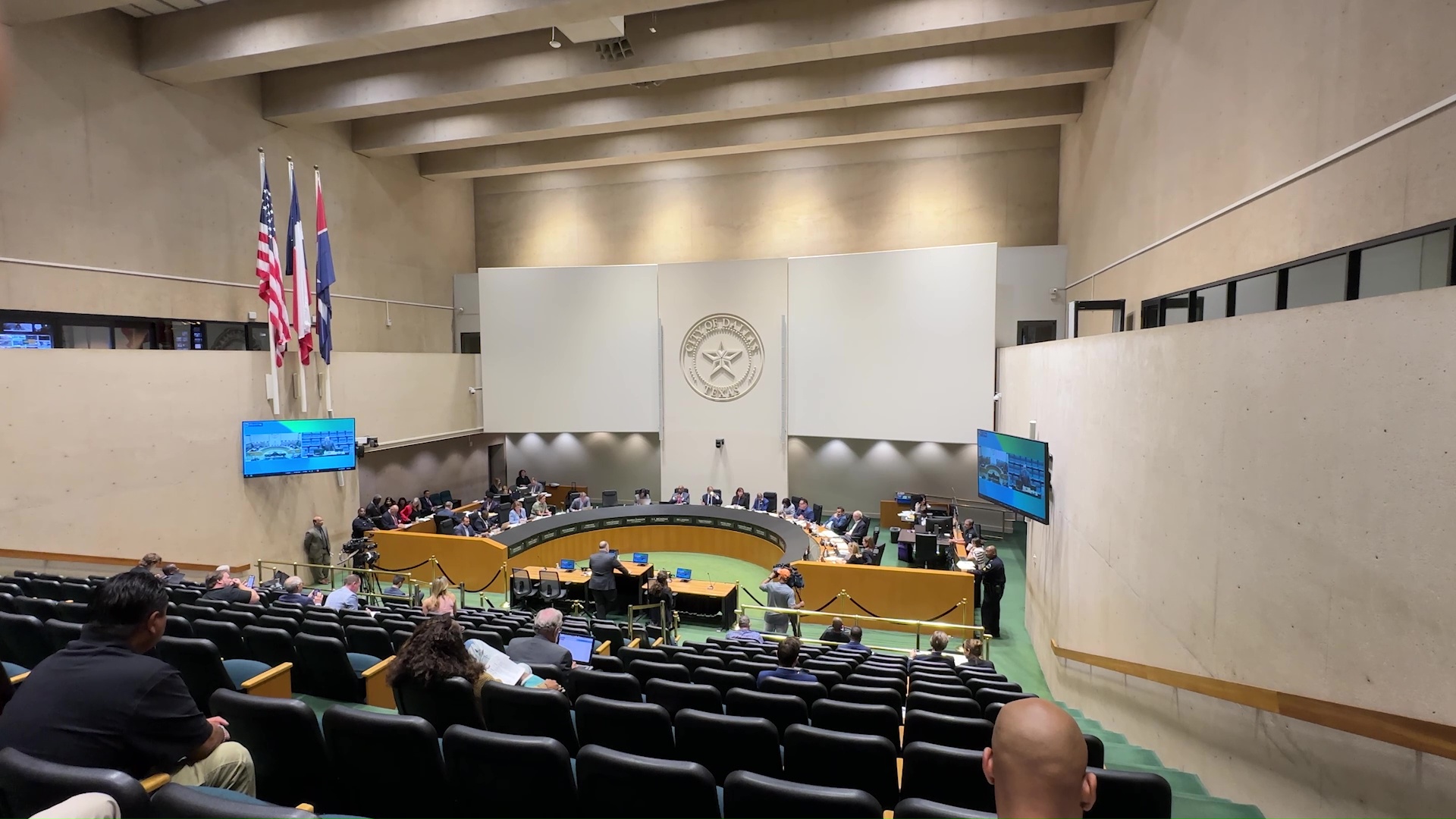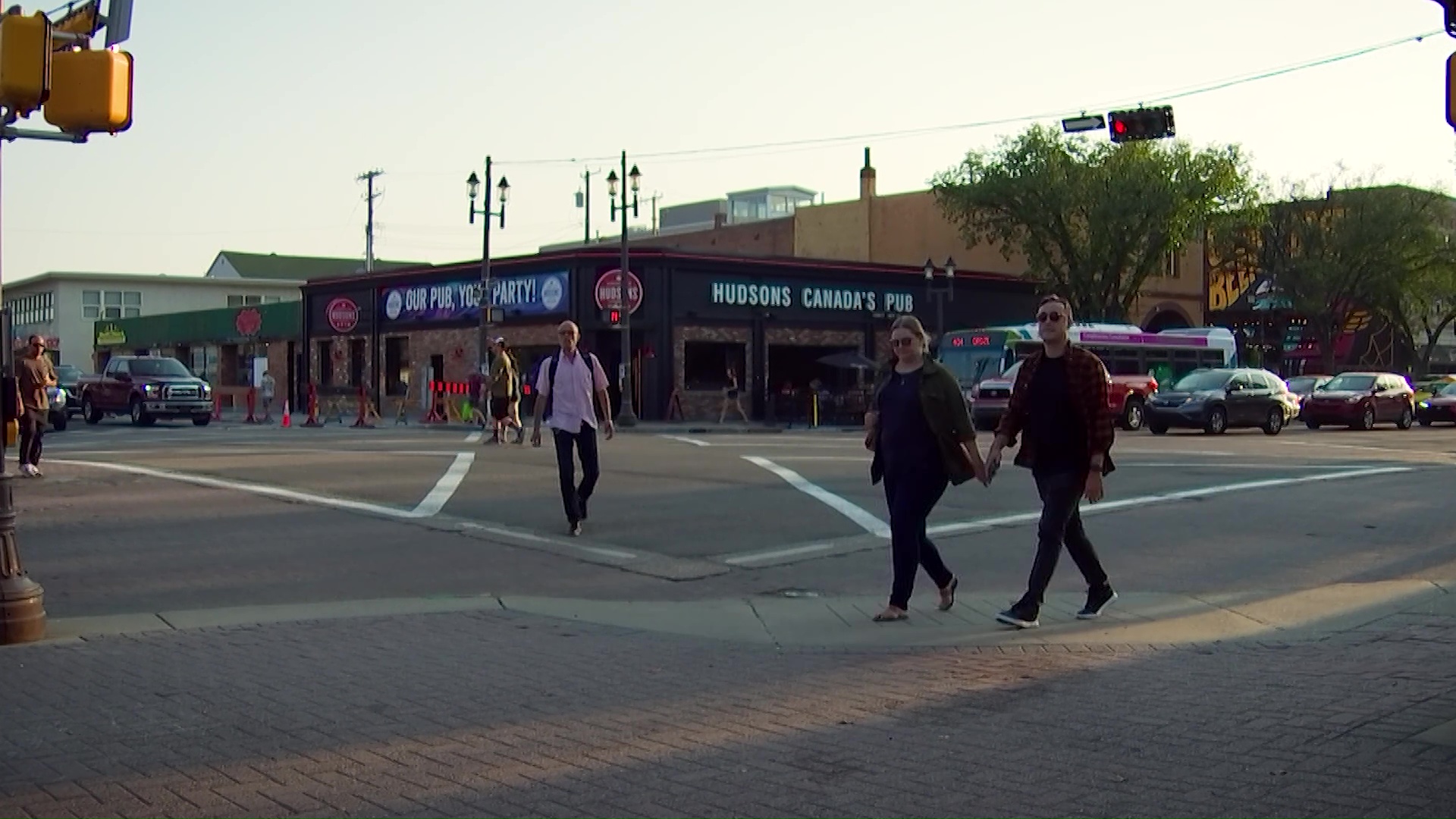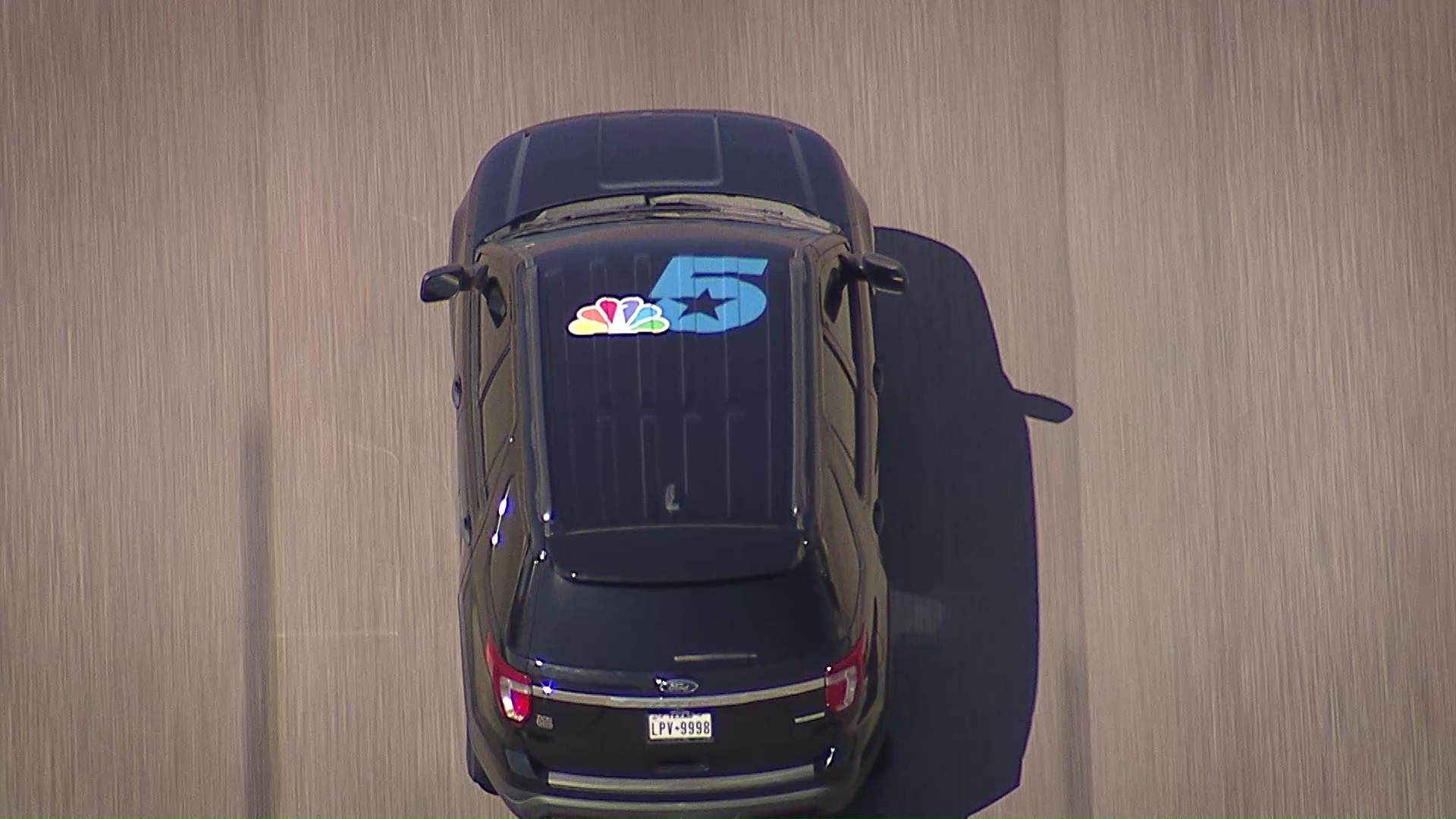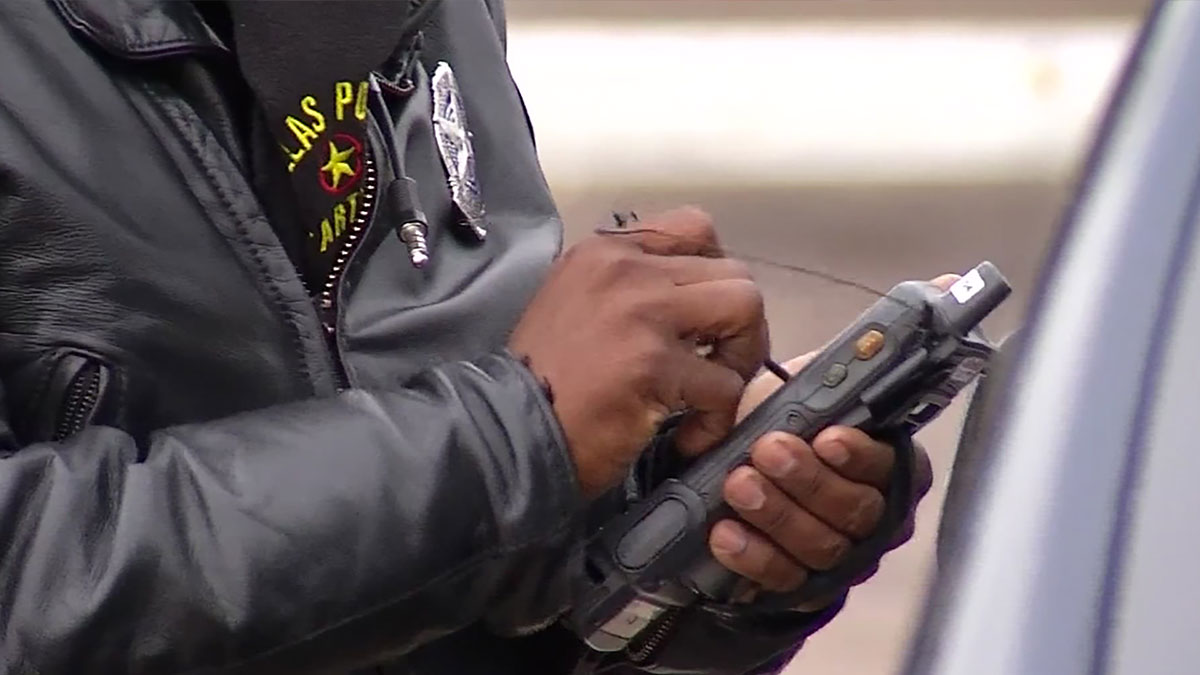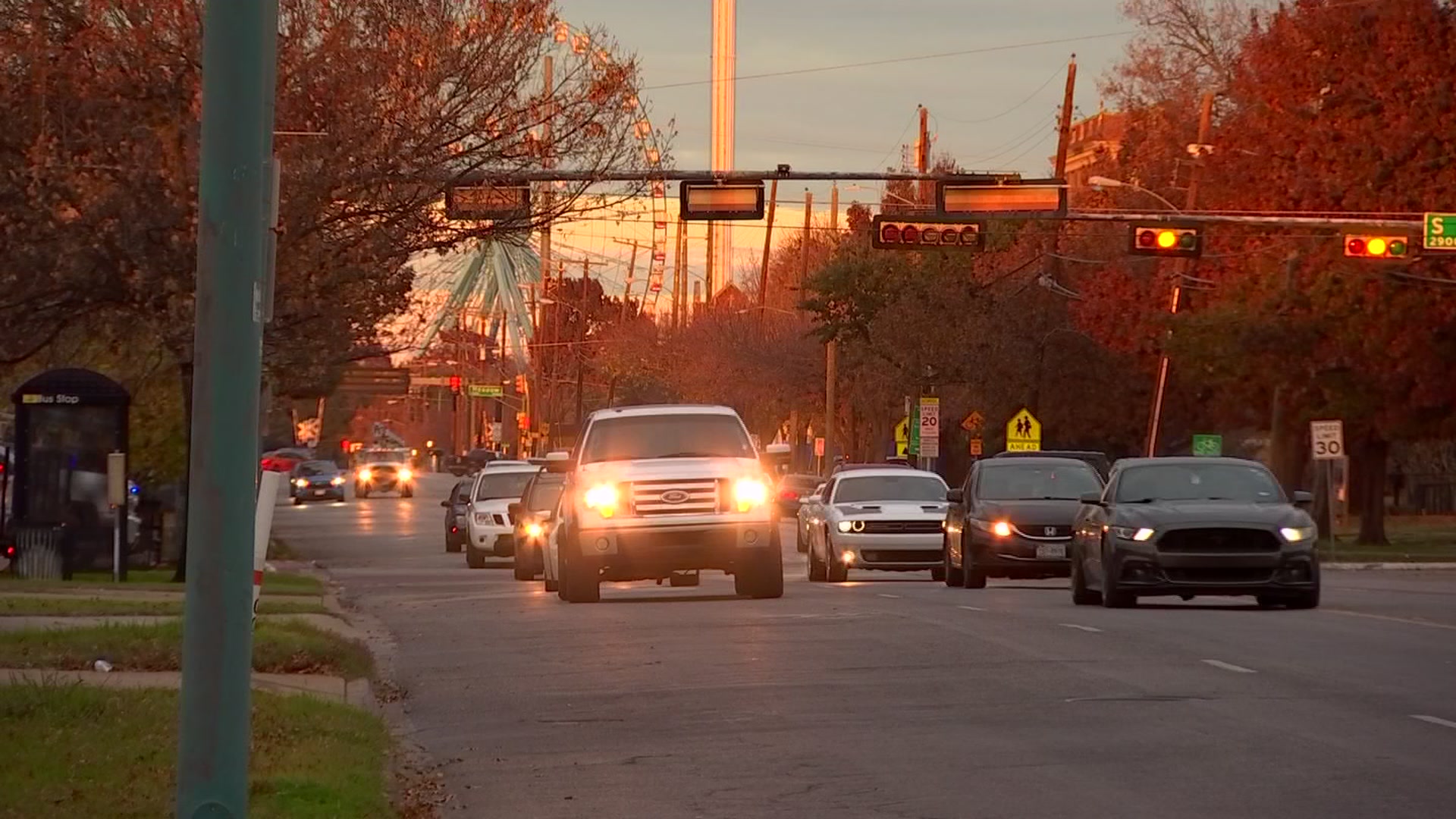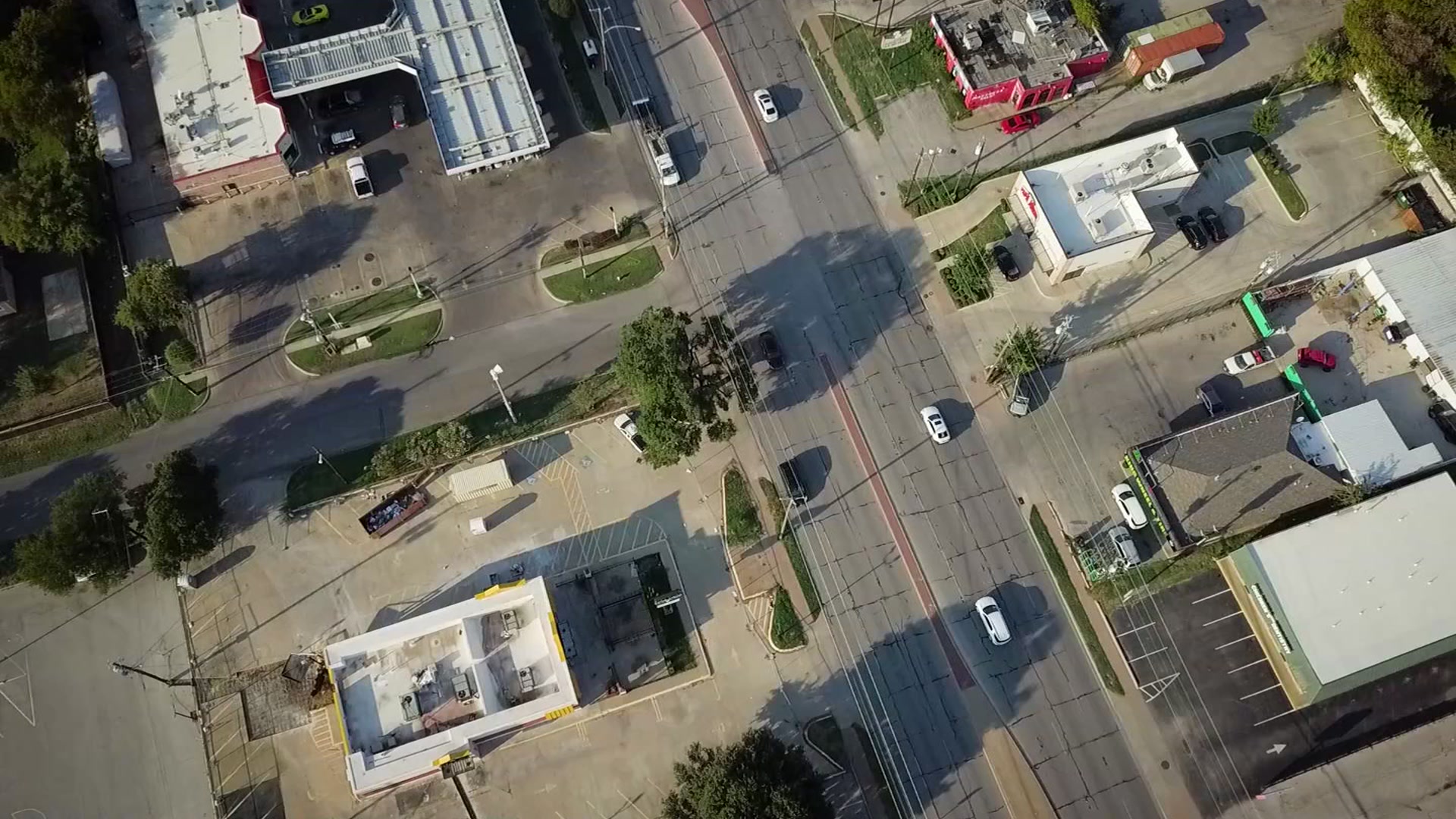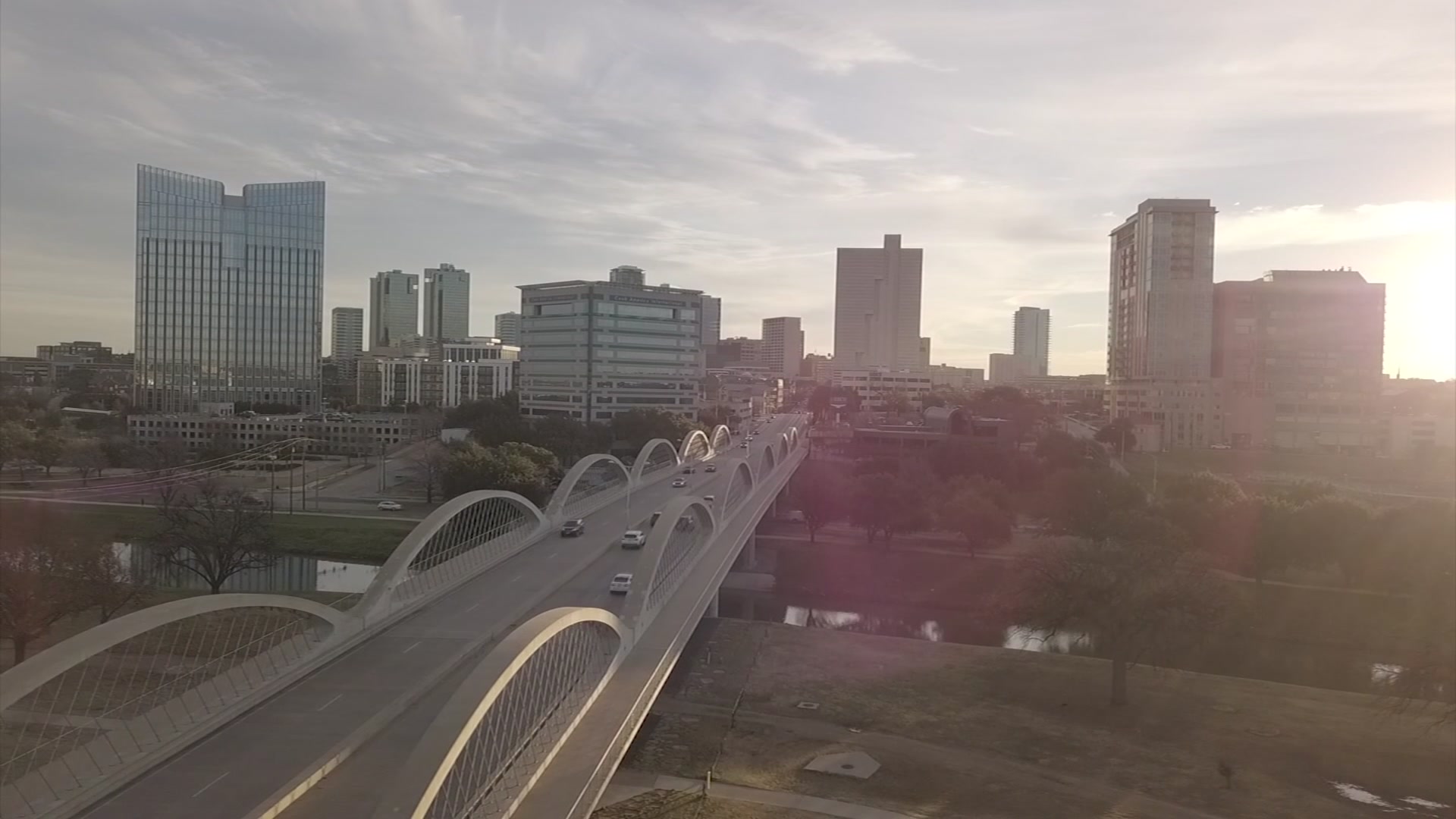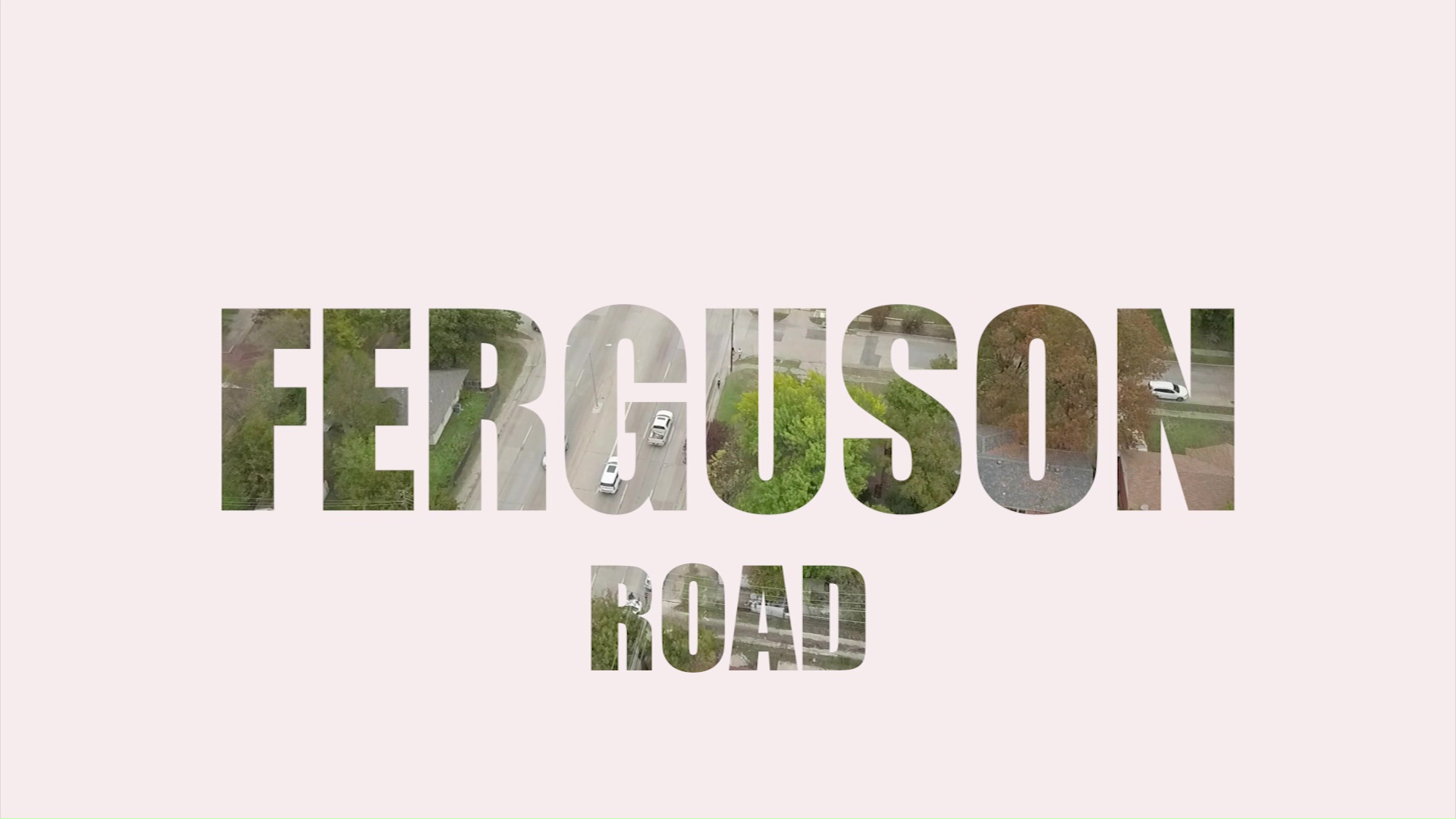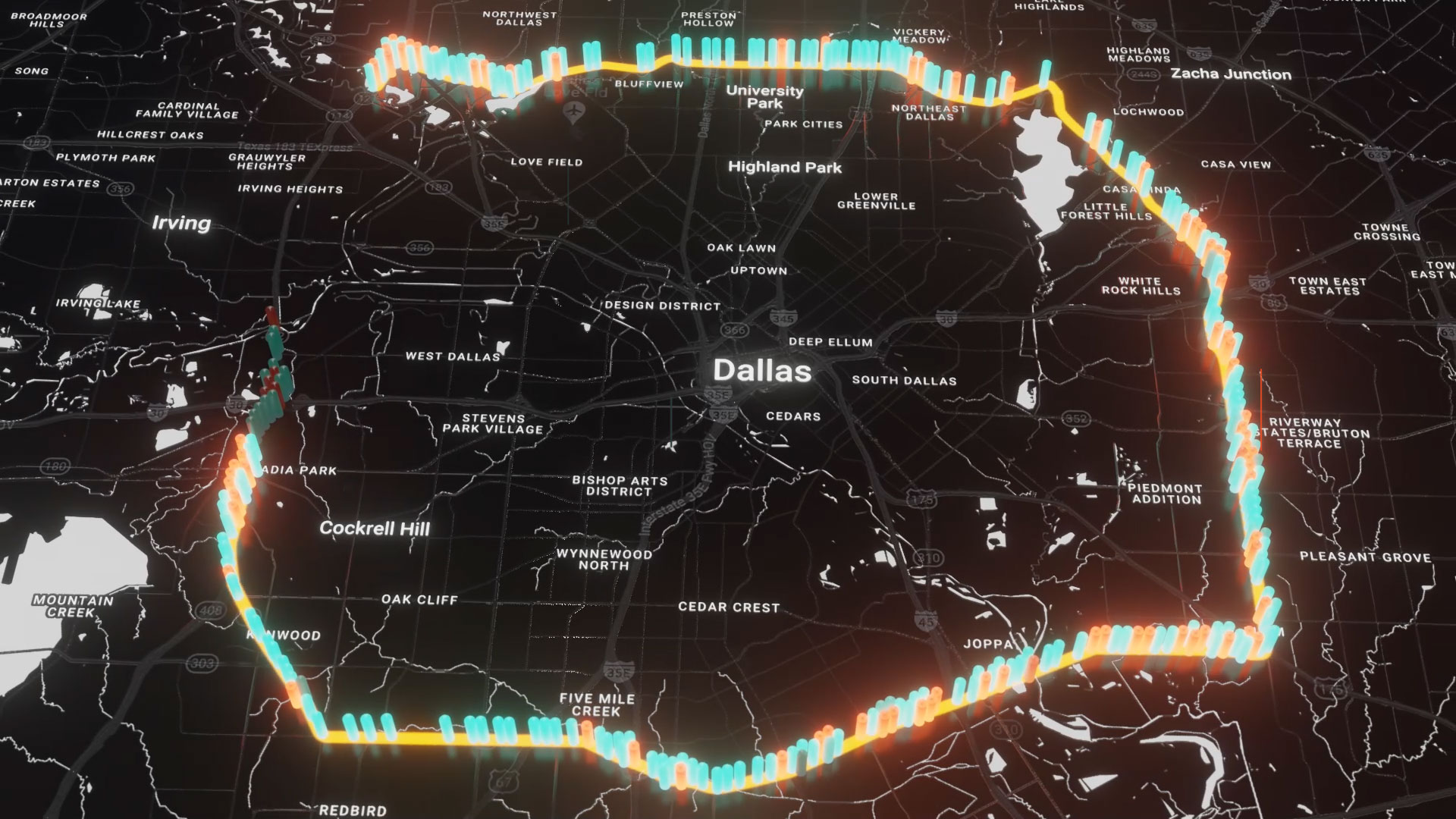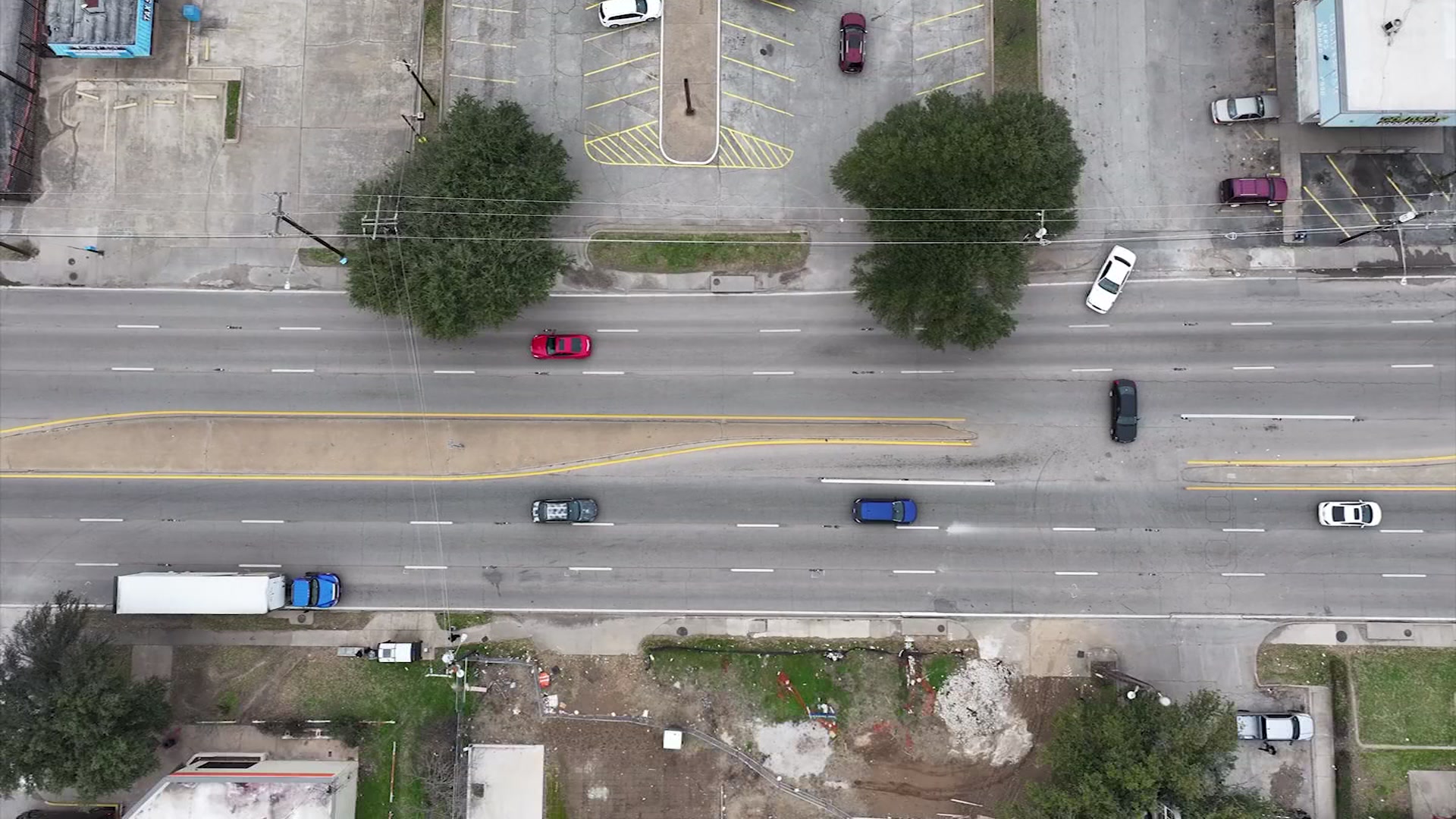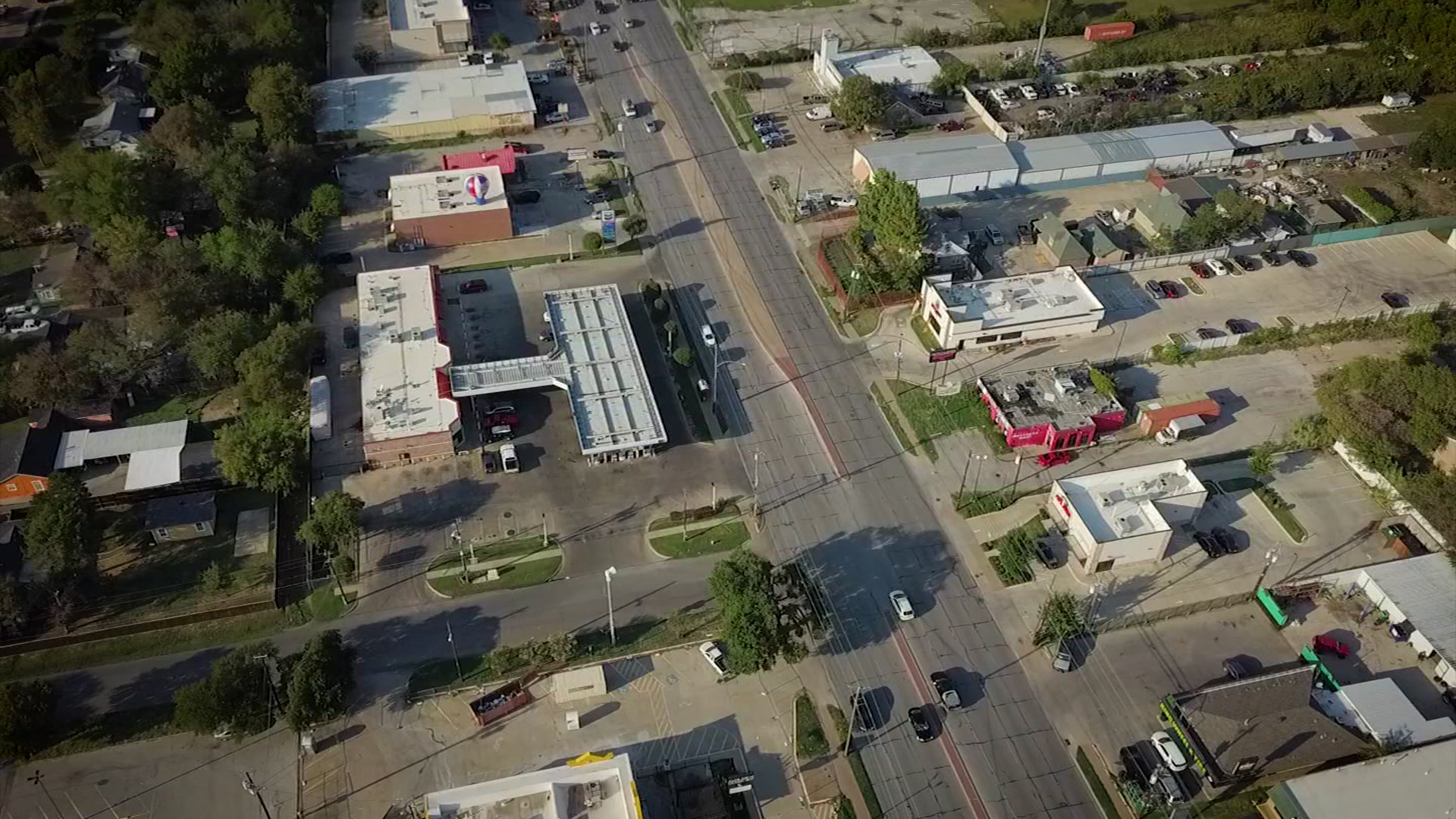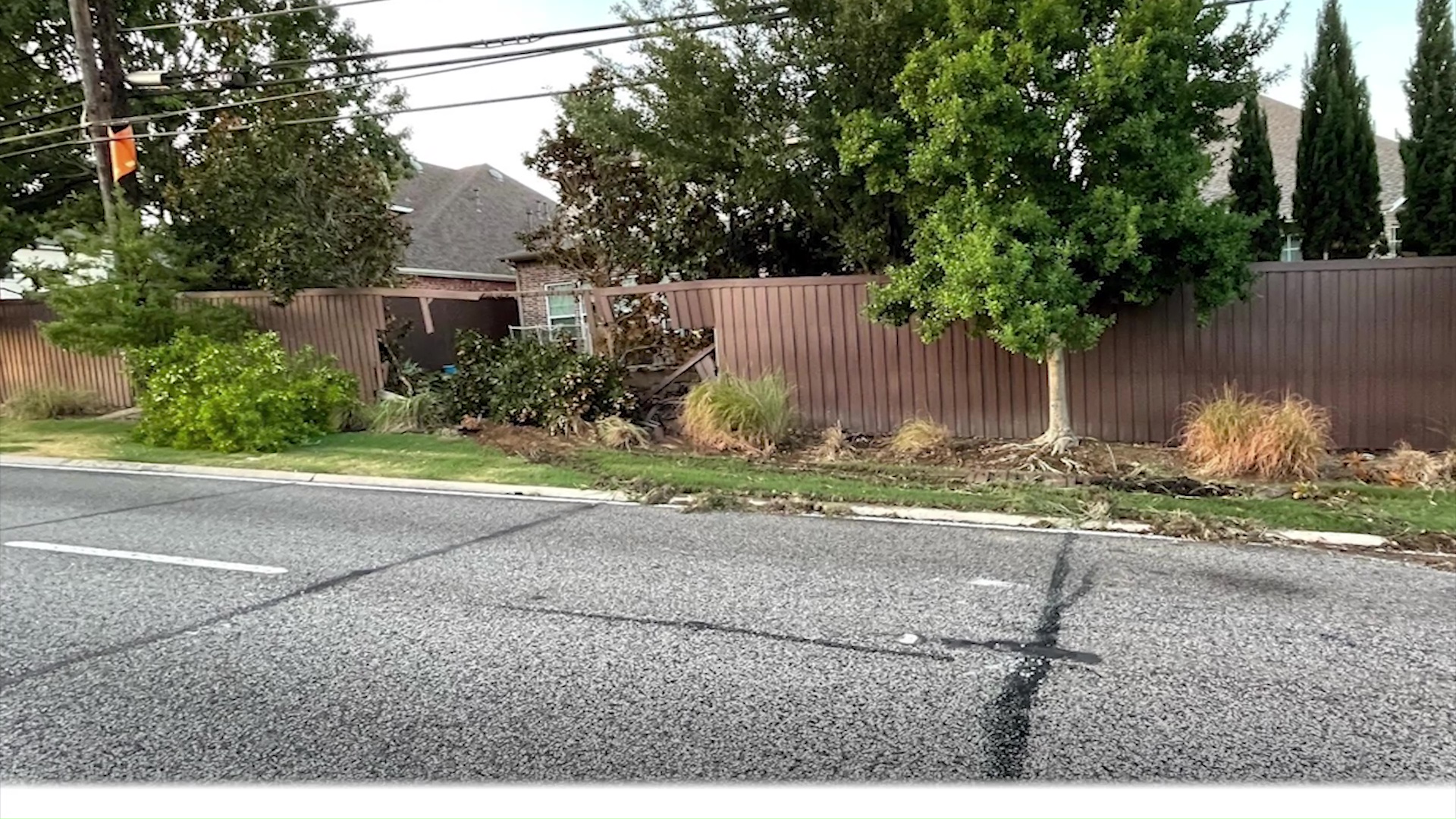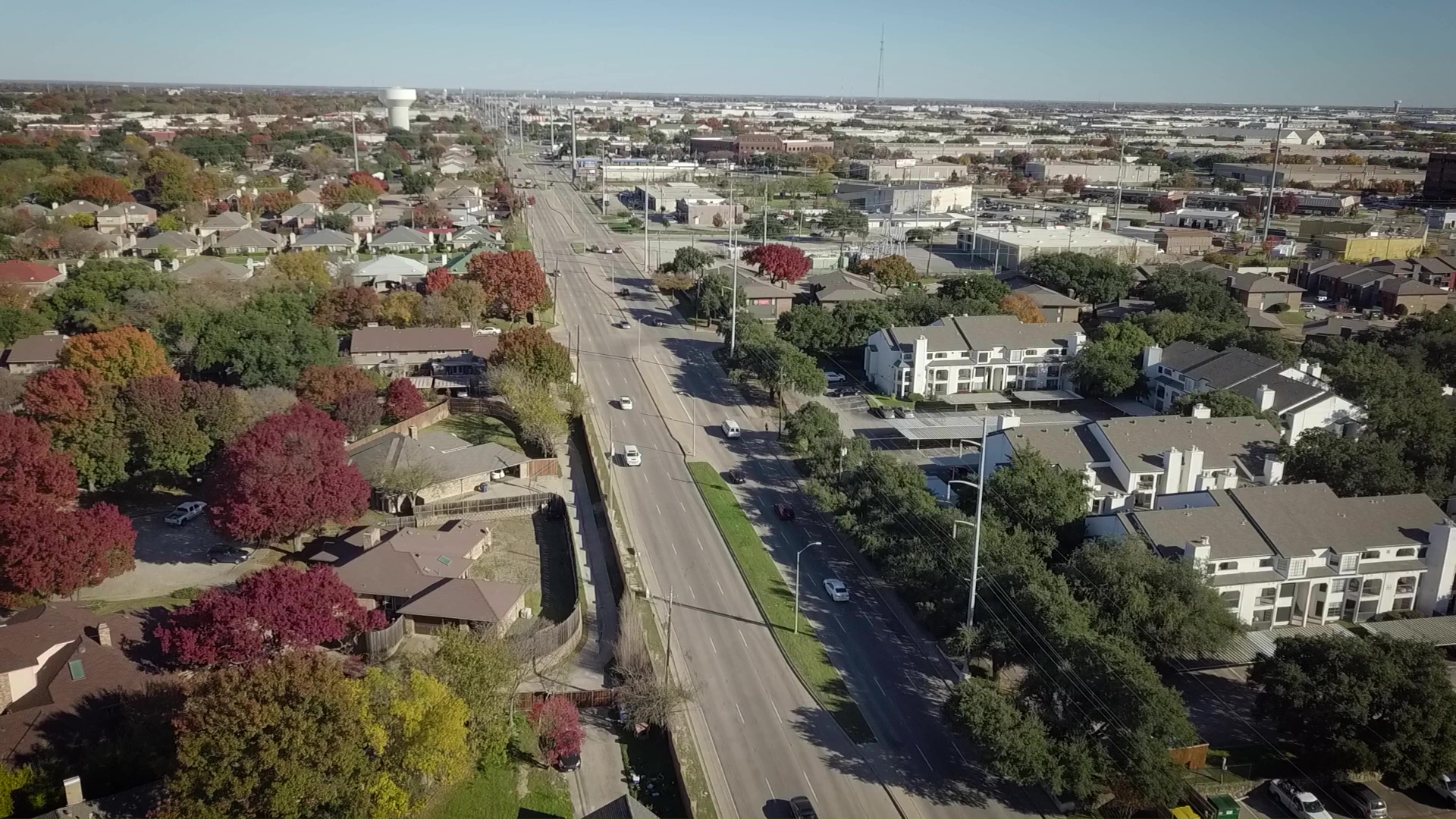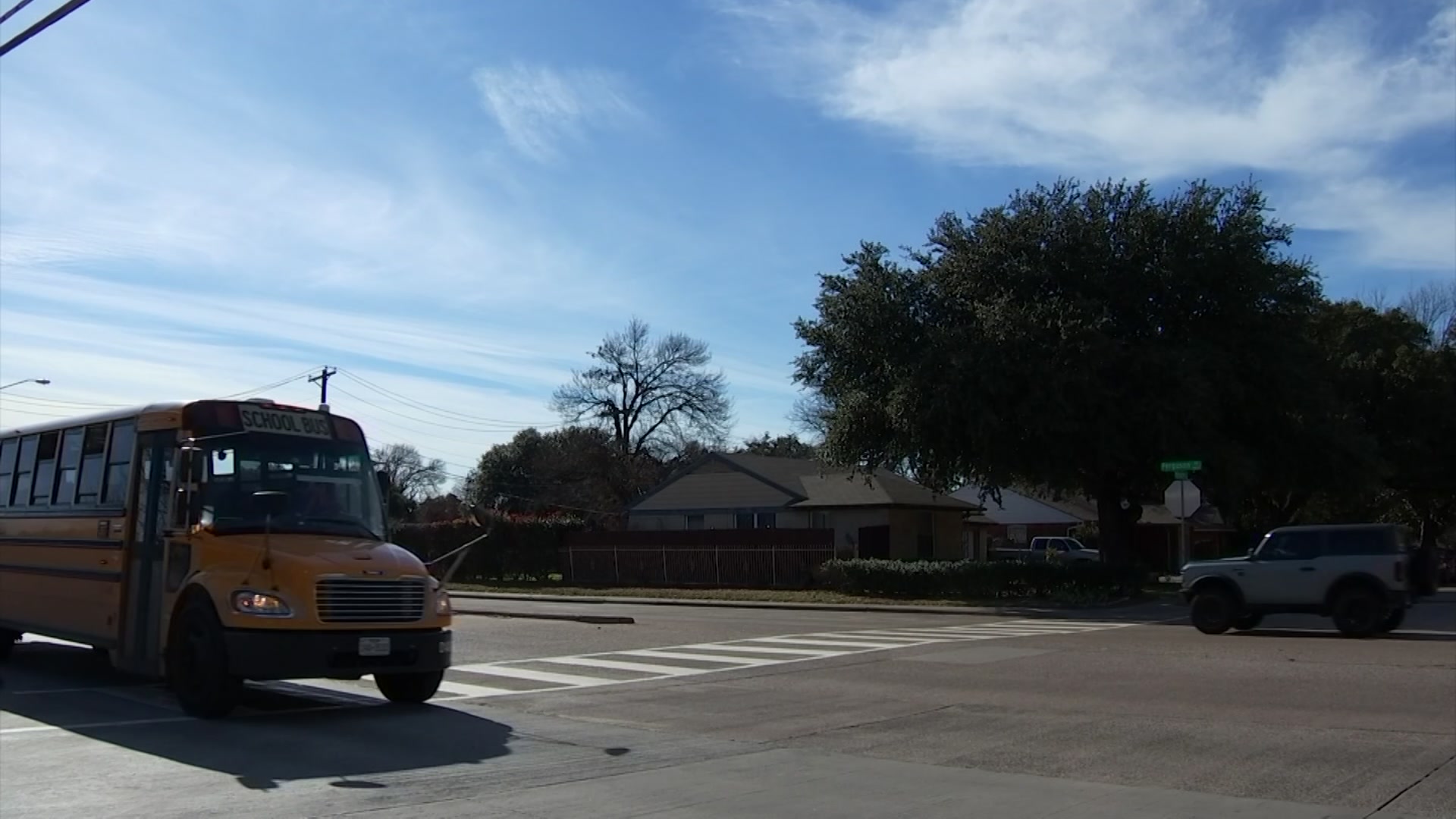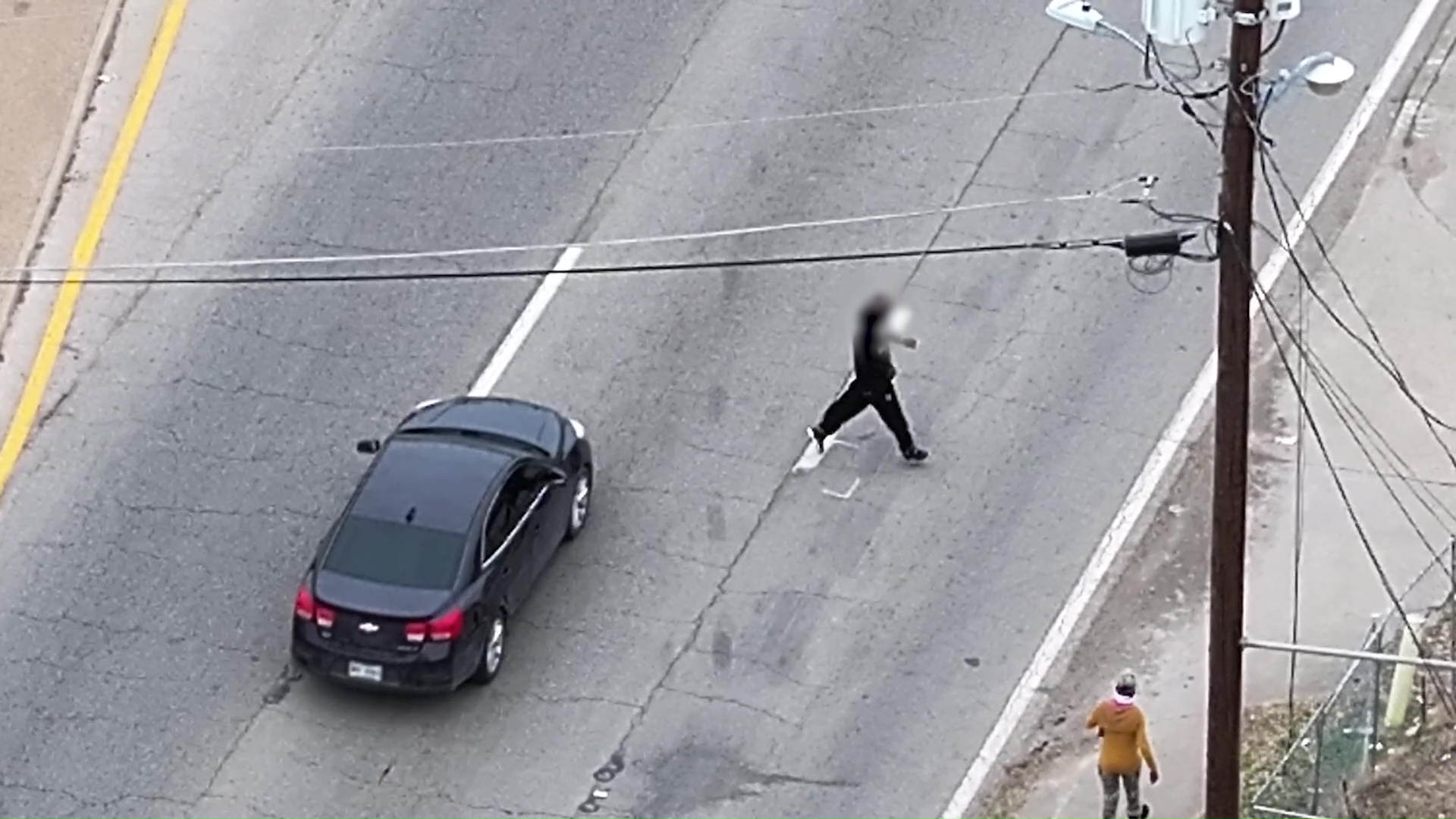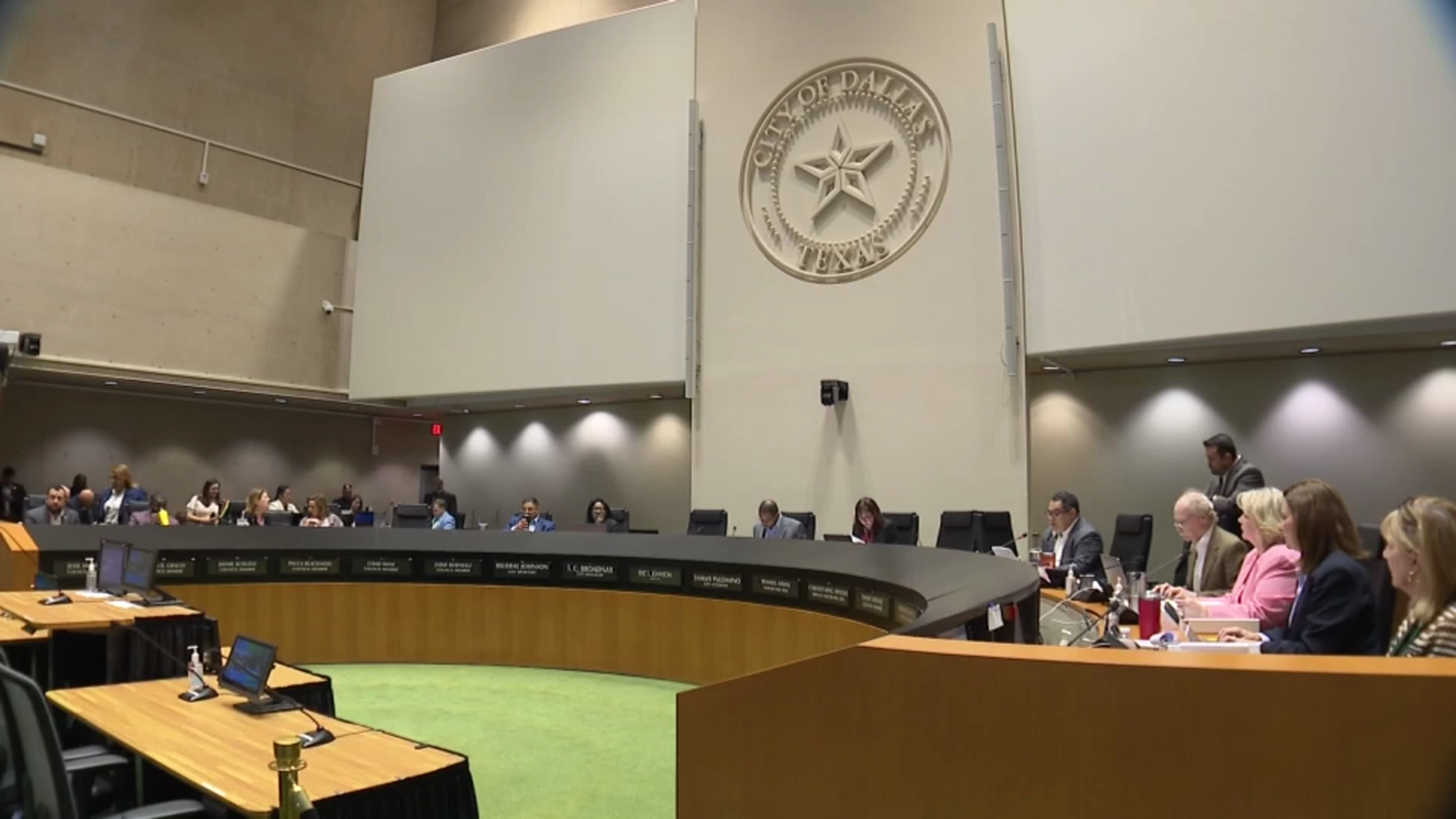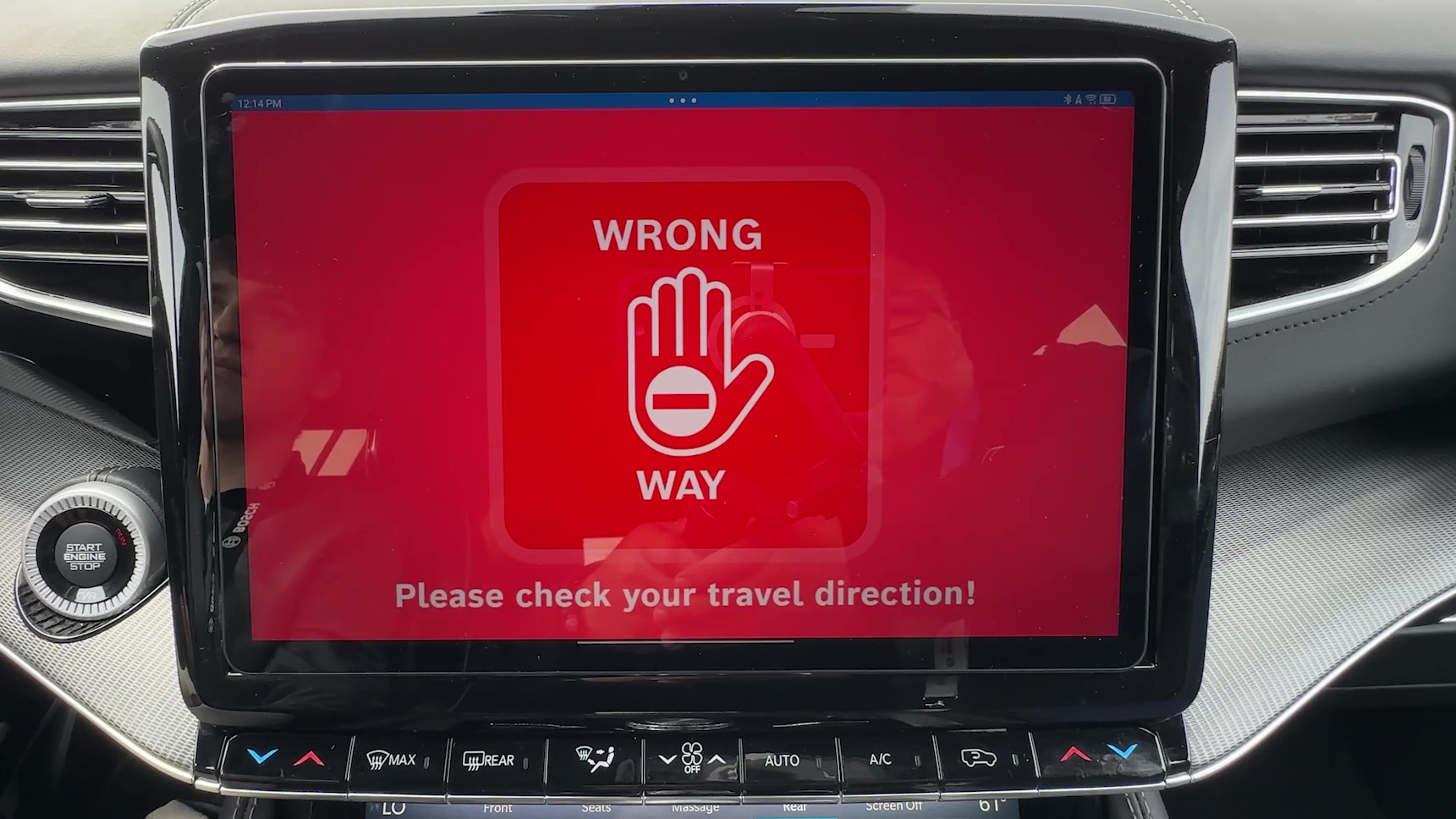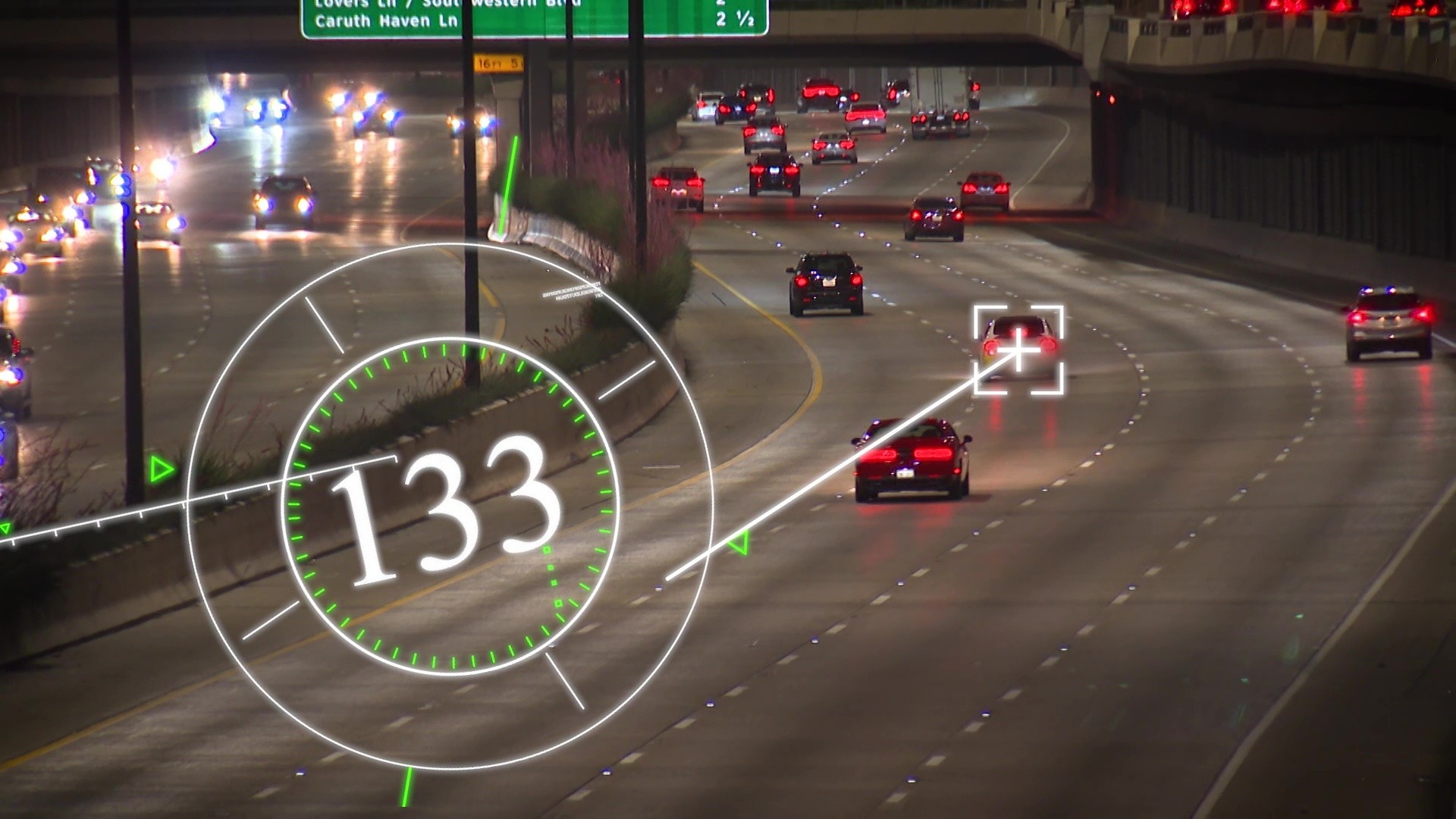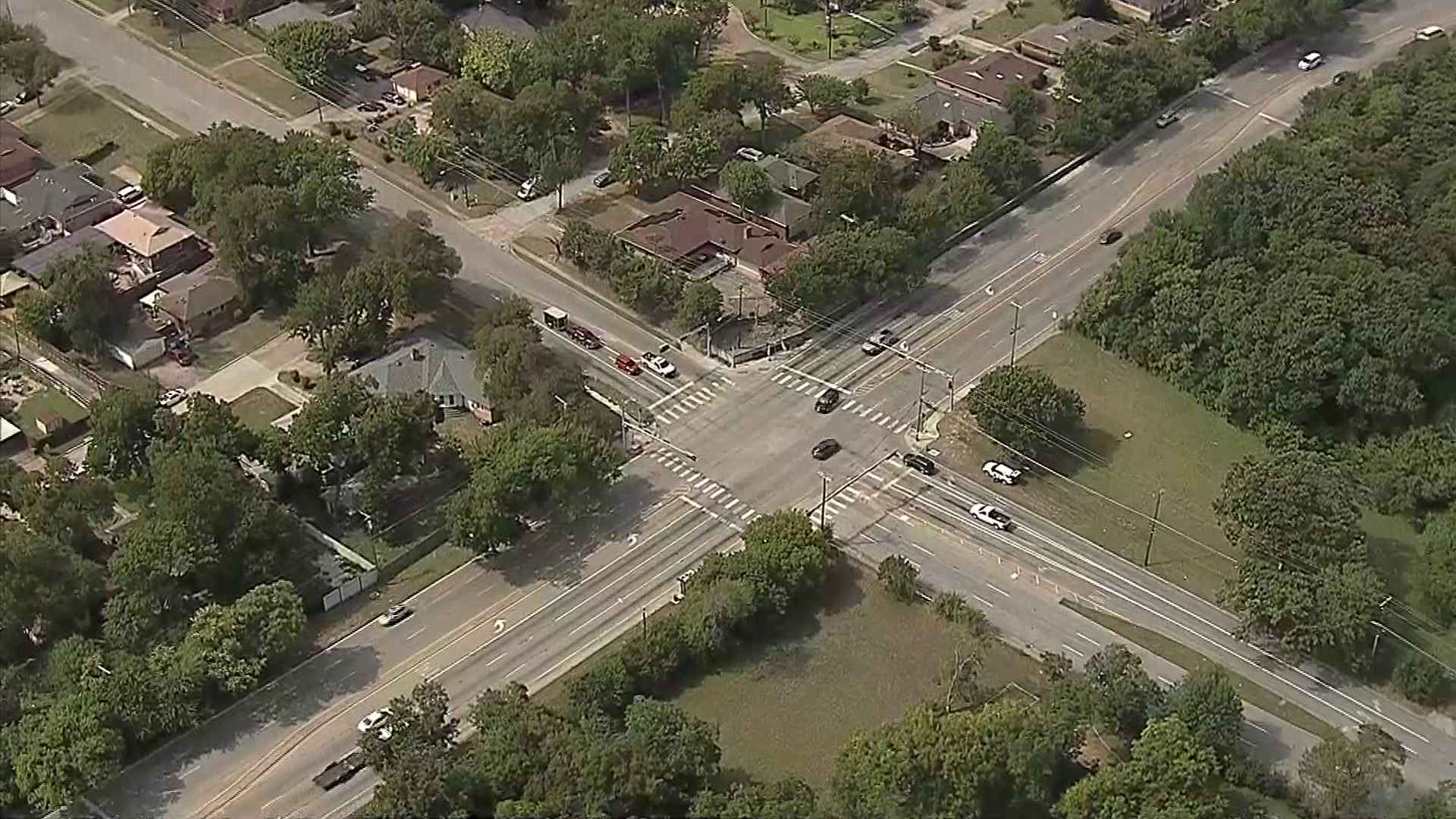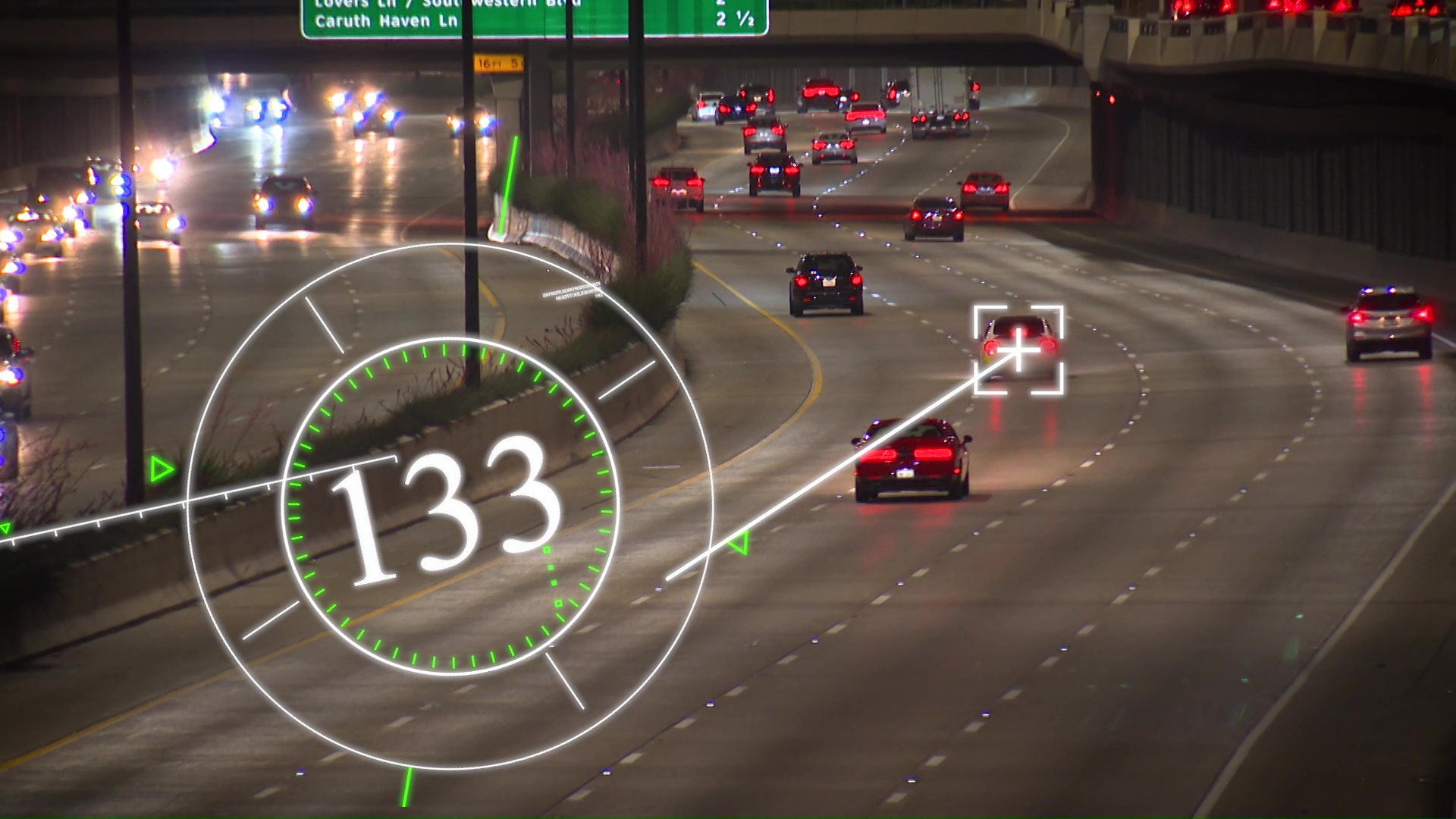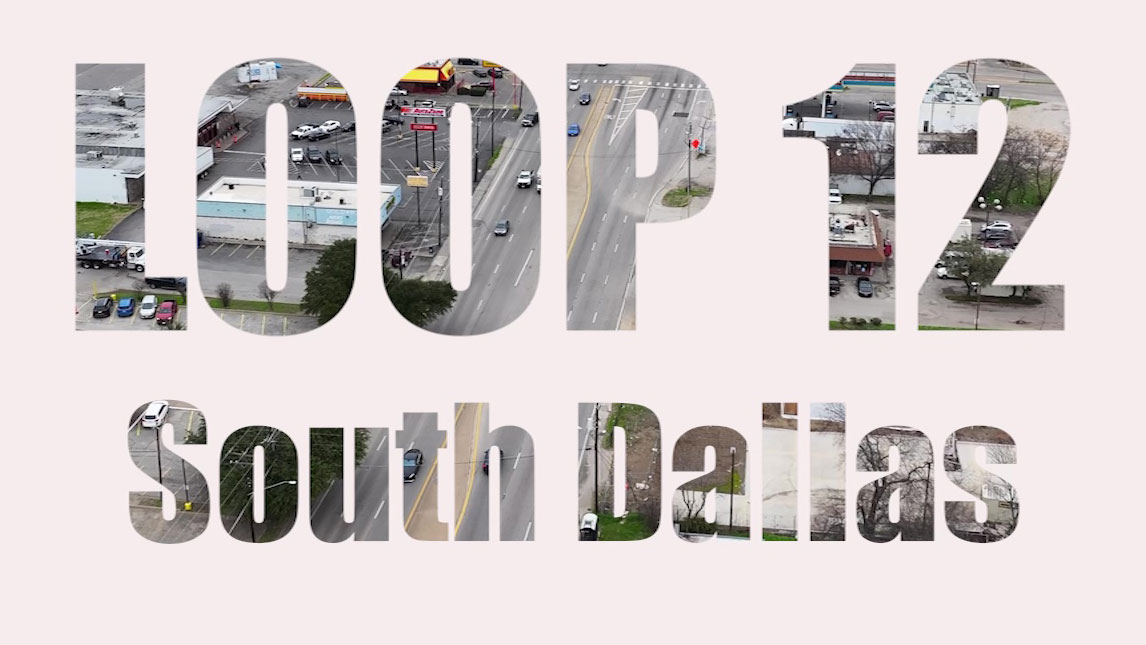In 2019 the Dallas City Council made a bold pledge: the city would take the first steps toward a goal of eliminating traffic deaths.
Council members said Dallas would become a “Vision Zero” city, joining an international list of communities where leaders aim for zero road fatalities and a 50% reduction in serious injuries.
A “Vision Zero” strategy assumes drivers will make mistakes, and crashes will happen. But it also assumes roads can be re-designed in ways to reduce high speeds and thereby reduce the chances that a crash will cause serious injury or death.
But, four years after Dallas took its first step on the road to “Vision Zero,” documents obtained by NBC 5 Investigates, and interviews with city officials indicated much of the plan is barely getting off the ground. Meanwhile, some of the city’s deadliest roads have yet to be re-imagined to better protect drivers and pedestrians.
Buckner Boulevard is one of those streets. (An interactive map showing all of the locations where injury and fatality crashes have occurred in North Texas is at the bottom of this page.)
NBC 5 Investigates analyzed TxDOT crash data and found in less than five years at least 150 people have been seriously injured in traffic crashes on Buckner, and 24 people have been killed.
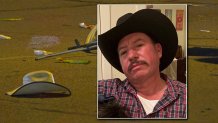
Among the dead, 12 are pedestrians, including Luis DiosDado, a paletero in the Pleasant Grove neighborhood for decades.
On July 26, Munoz was wearing his signature cowboy hat while pushing his ice cream cart along Buckner near Loma Garden Avenue when he was fatally struck by a pickup truck.
Munoz’s daughter, Elizabeth Diosdado Sanchez, told NBC 5 Investigates in Spanish that the speeds reached by drivers along Buckner are very fast.
“Muy rápido,” DiosDado Sanchez said. She added we could see how the cars were passing by as we stood along the street.
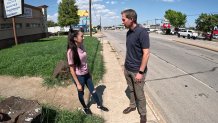
NBC 5’s Don Peritz, who is also a retired traffic sergeant with the Dallas County Sheriff’s Office, helped us clock cars driving down Buckner.
Nine out of every 10 cars clocked by Peritz were traveling above the 40 mph limit. Some were even traveling at near freeway speeds above 50, or even 60 mph.
On one stretch near Bruton Road, about a mile from where Munoz was killed, we saw speeding cars and heard squealing tires.
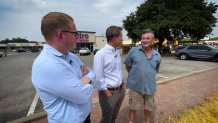
“I've seen them doing close to 100 mph. Yeah, just, racing, winding out, and you're like, ‘Oh, my God,’” said Bobby Peterson, who has owned a car shop on Buckner for decades. “That's what happens here all day.”
Speed is one-half of what appears to be a lethal combination on Bucker, mixed with a constant stream of pedestrians crossing the road without using crosswalks.
One after another, NBC 5 Investigates watched people cross Buckner in the middle of the block. It’s not hard to understand why when you see how far pedestrians must walk to find a crosswalk in some places.
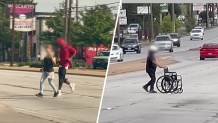
On Buckner, between Bruton and Hume Drive, the crosswalks are more than a half mile apart. Someone getting off a DART bus between the two major intersections would have to walk a quarter of a mile up and then a quarter of a mile back to safely get to a business on the other side of the street from the bus stop.
Diosdado Sanchez said the traffic lights are too far away to cross and she believes that’s why her dad was not in a crosswalk when he was hit by the passing pickup.
“I would like to see that no one else loses their life just like my dad,” Diosdado Sanchez told us in Spanish.
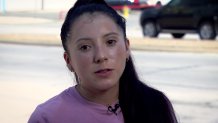
David Zipper, a subject matter expert on transportation policy and road safety strategies who is also a Harvard University visiting fellow, said city and state traffic planners need to stop building roads that look like Buckner Boulevard.
“This is a road that is designed unsafely,” Zipper said of Buckner Boulevard. “And it's people, I think, on foot in particular, who are going to pay a disproportionate share of the price for that.”
Zipper said Buckner, and other streets that look like it, were built for speed more than safety. He said the wide, straight lines give drivers a false sense of security that it’s safe to drive at near highway speeds even though Buckner is lined with store entrances, and pedestrians and is on a busy bus route.
“The idea that you would create bus stops on a road like this and not facilitate the safe passage of pedestrians to and from that station. I mean, to be honest, that strikes me as I don't know whether to say crazy or inhumane or both,” Zipper said.
WHAT IS VISION ZERO?
In 2019 the Dallas City Council said it would use a “Vision Zero” strategy to reshape dangerous streets in the city. In 2022 council members signed a formal pledge to eliminate traffic deaths and cut serious injuries in half by 2030.
But a draft of a 2023 Vision Zero progress report obtained by NBC 5 Investigates showed few of the city’s action items had been completed and that many more were marked as “not started.” Other progress notes were left blank.
NBC5 Investigates questioned city officials about those blanks in the report, and weeks later the city's transportation department released an updated version showing more of the blanks filled in. Still, a memo attached to the updated report noted that out of 40 action items in 2023, only 9 had been completed, 24 were still in progress and 7 had not been started with just 8 weeks left before the end of the year.
The report said the city has completed engineering safety evaluations on five dangerous corridors including Buckner Boulevard, and said lower-cost, quick-build improvements are being considered.
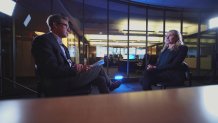
Kathryn Rush, the city’s chief transportation planner, said her department has completed a study, ranking the streets with the most deaths and injuries using data from 2015-2019, and she said the numbers show there’s a lot of room for improvement on Dallas roads.
According to the city’s study, the worst road during that period was for a portion of Great Trinity Forest Way in Southern Dallas. A stretch of Buckner, from Lake June Road to Great Trinity Forest, was the second worst spot.
According to the city’s data, along all of Buckner, there were another 138 fatal and severe injury crashes from 2015-2019.
When asked how things got that bad, Rush said it's due to, in part, not having someone dedicated to using data to identify the high-injury locations in the past.

Rush explained that even though the city council approved Vision Zero in 2019, it took three years for the city to create an action plan.
“We didn't actually get funding from [the] city council until October of 2022. And so, really, we're just now, from an implementation perspective, approaching the one-year line,” Rush said.
Last year members of the Dallas City Council complained during a council briefing about slow progress, noting that 24 months after the council first OK’d Vision Zero, city staffers were asking for another 24 months to implement plans.
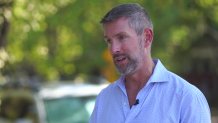
Dallas City Councilman Chad West said he believes the council is still on board but said it must include Vision Zero in 2024 bond funding plans so it can pay for more significant safety improvements.
“We shout about it in the news media. We talk about it on our social media for our council districts. But then when it comes down to the funding, it's not even recommended, much less voted on. So, it's an issue,” West said.
NBC 5 Investigates also discovered the national Vision Zero Network reviewed Dallas’s action plan and found that it did not meet the group’s national criteria because it lacked concrete steps to reduce high speeds.
“We're not questioning any city's commitment to safety, but to really be recognized as a Vision Zero community we want to see very explicit timelines, strategies, and ownership,” said Leah Shahum, Vision Zero Network's founder.
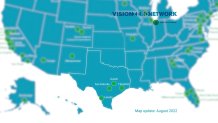
The group believes cities must lower speed limits and narrow traffic lanes or reduce the number of lanes in pedestrian areas to encourage drivers to slow down.
“I think we've really seen, in the last 10 years or so, such a direct link between the width of the travel lanes, the way the street is designed, and how fast people drive,” said Shahum.
Dallas’s action plan sets a goal of 10 major Vision Zero projects completed by 2027. The plan does not specify what those projects would involve.
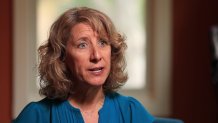
Other goals in the plan are very small, like installing improved pedestrian crossings at three locations each year, which Rush said was to simply get the wheels turning and that the city hoped to accelerate plans after more money was approved by the city council.
Addressing dangers on Great Trinity Forest and Buckner may be more complicated because they are also part of Loop 12, a state highway. Changes to those stretches of road would require additional approval from TxDOT.
Zipper said he sees many cities struggle to implement Vision Zero as city leaders quickly learn it’s easier to say they want safer roads than find ways to fix them.
“I worry sometimes that some local leaders say, ‘Well, great, I took care of that. We're now Vision Zero and I can focus on all the other issues that I want to focus on,’ when actually getting that press release out doesn't accomplish anything," Zipper said.

NBC 5 Investigates reached out to TxDOT and the agency said it would welcome discussions with the city about safety measures, including lower speed limits and installing crosswalks.
On Buckner, TxDOT said the city could ask the state to conduct a speed study to see if the speed limit should be lowered. The city’s transportation department said it has reached out to make that happen. NBC 5 Investigates will continue to press both sides for answers about what they’re doing to address the growing death toll on that street.
So, what would Dallas streets look like if the city went all-in on Vision Zero? We’ll look at that in our next report. We’ll also visit a place dubbed “Texas of the North” where a city has reduced traffic deaths using strategies not seen in the Metroplex.
EXAMINE THE CRASH DATA
North Texas Fatality and Serious Injury Crashes 2019-Oct. 4, 2023
Using data from the Texas Department of Public Safety, NBC 5 Investigates mapped every fatal and serious injury crash in north Texas. TXDOT captures data from Texas Peace Officer’s Crash Reports (CR-3). TXDOT requires law enforcement to report “Any crash involving a motor vehicle in transport that occurs or originates on a traffic way, results in injury to or death of any person, or damage to the property of any one person to the apparent extent of $1,000.” The data compiled in this map is from January 1, 2019 through October 4, 2023.
Map: Annetta Stogniew/NBC
Source: Texas Department of Transportation
KNOW A DANGEROUS STRETCH OF ROAD?
We need your help. If you’ve identified a road where drivers speed or where there have been a large number of crashes, email us the location at iSee@nbcdfw.com. In future reports, we’ll ask local leaders how we can address the problem in other areas.
